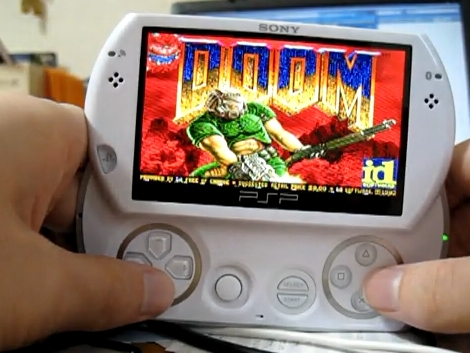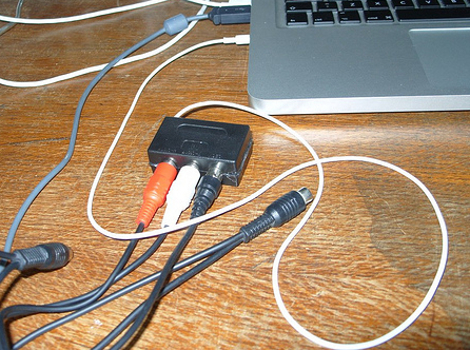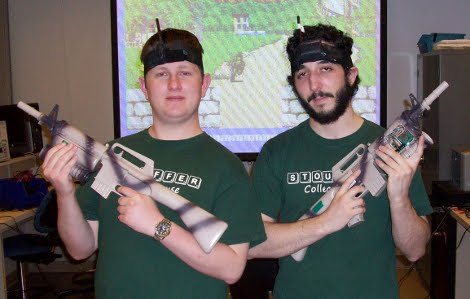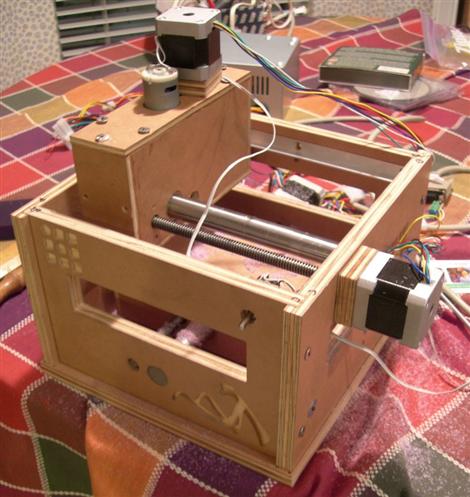
[Rich] tipped us off about the Half-Byte Loader which lets you run homebrew on late-model Sony PlayStation Portables. Above you can see a PSP Go running Doom (a screenshot from the video after the break), which is a prerequisite for any cracked device. HBL uses an exploit in the game demo of Patapon 2, which is free for download. A crafted game save loaded onto a Memory Stick gets you to the loader when selected from the continue menu of the game. Right now this method works on all know firmware version 5.0 and higher. Who knows when Sony will take action to kill an exploit like this one.















